Top 14 Countries Where U.S. Passport Holders Are Facing New Entry Rules
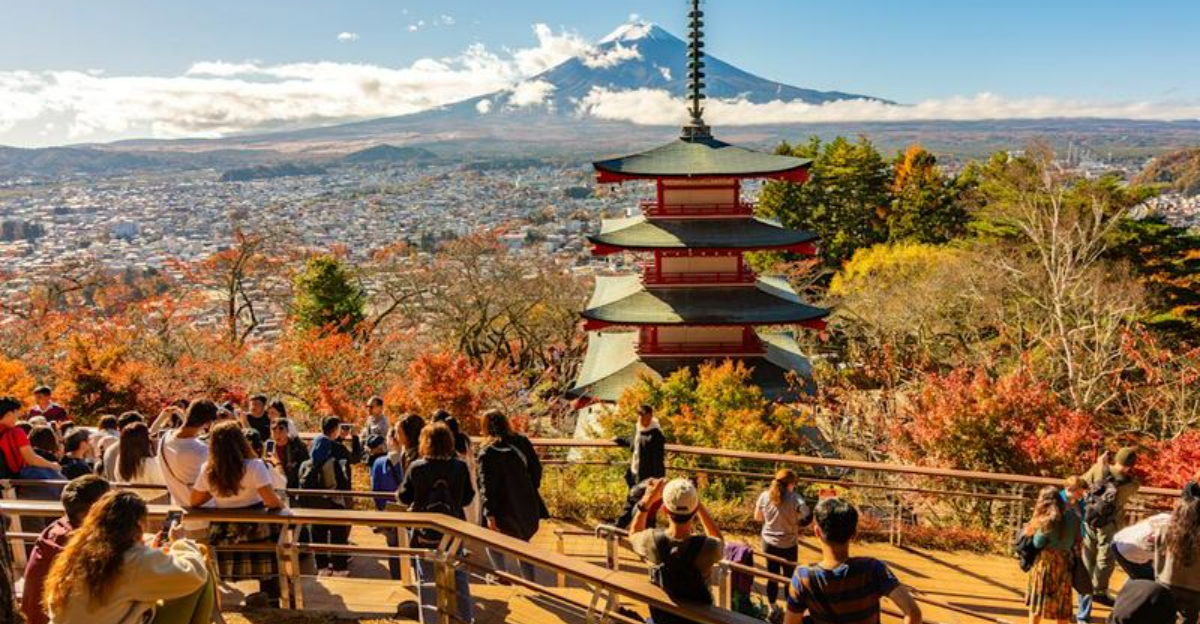
Planning your next international adventure just got a bit more complicated. Many countries have recently updated their entry requirements for American travelers, adding new forms, fees, or digital systems you’ll need to navigate before packing your bags.
These changes aim to manage tourism better, enhance security, or generate revenue, but they can catch unprepared travelers off guard at the border.
1. Italy’s New Tourist Fee in Venice

Venice now charges day-trippers a €5 entry fee during peak tourist periods. This pioneering system requires visitors without hotel reservations to register online and receive a QR code before entering the historic center.
The fee applies during busy times, typically weekends and holidays from April through July. Officials check these digital passes at entry points to the floating city.
Without this pass, you might face fines up to €300! The initiative aims to combat overtourism that’s threatening Venice’s fragile infrastructure and local way of life.
2. Spain’s Digital Authorization System
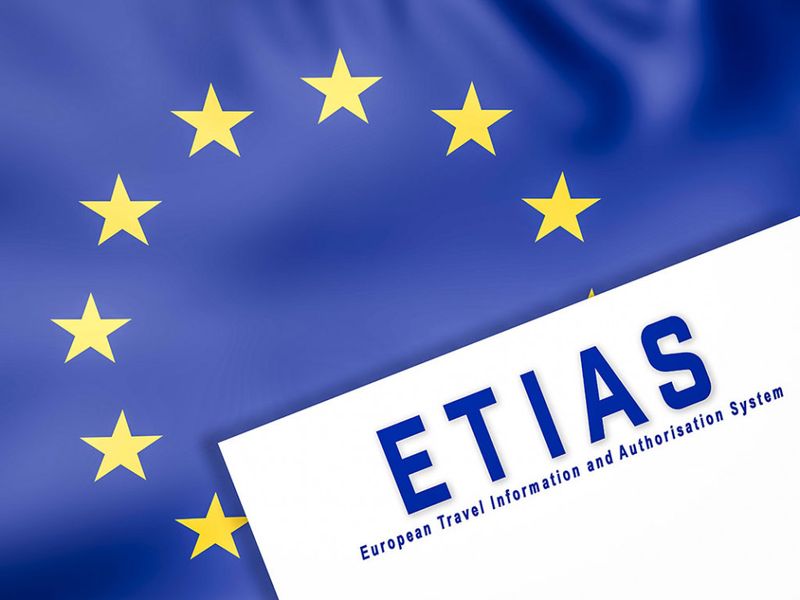
Starting late 2023, Americans heading to Spain need more than just a passport. The new ETIAS (European Travel Information and Authorization System) requires pre-approval through an online application.
Similar to the U.S. ESTA program, this digital authorization costs around €7 and remains valid for three years. You’ll submit basic personal information, travel details, and security questions through the official portal.
Without this digital approval, airlines won’t let you board flights to Spain! The system aims to strengthen border security while still allowing visa-free travel for eligible visitors.
3. Thailand’s Online Entry Form Requirement
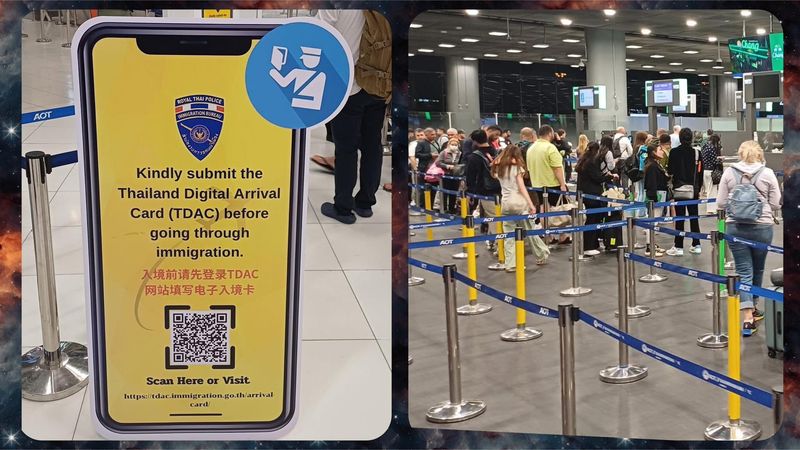
Thailand recently replaced its paper arrival cards with a new digital T.M.6 form. Americans must complete this online registration before landing in the Land of Smiles.
The form collects your passport details, accommodation information, and intended length of stay. After submission, you’ll receive a QR code to show immigration officers upon arrival.
Failing to complete this digital form could result in delays at immigration or even being denied entry. The system aims to reduce paperwork, speed up entry procedures, and help Thai authorities better track tourist movements throughout the country.
4. New Zealand’s Enhanced ETA Process

Kiwi-bound travelers now face a more comprehensive Electronic Travel Authority (ETA) process. The updated system requires your biometric information and more detailed travel plans than before.
Applications cost NZ$17 through the mobile app or NZ$23 via the website. Processing typically takes up to 72 hours, so applying well before your trip is essential.
Your ETA remains valid for two years and allows multiple entries. This enhanced system helps New Zealand authorities conduct security screenings while balancing the country’s commitment to sustainable tourism by better tracking visitor numbers and environmental impacts.
5. Japan’s Tourist Tax Implementation
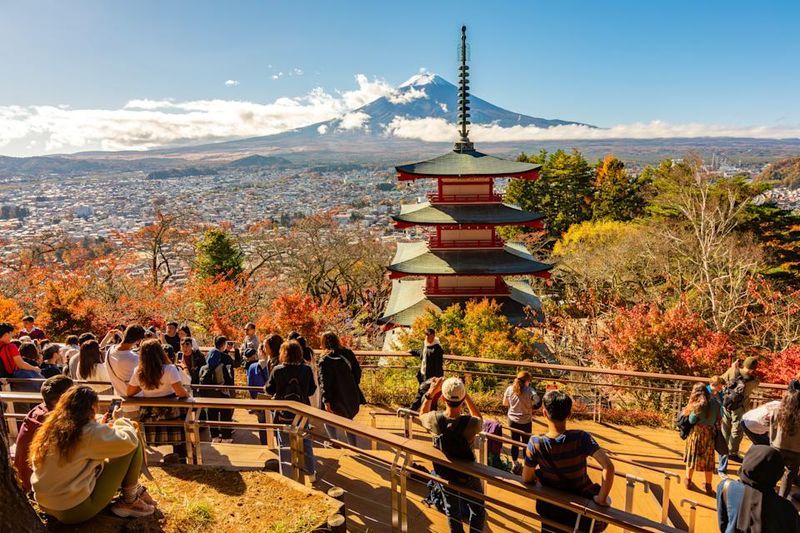
Did you know Japan now collects a 1,000 yen (roughly $7) departure tax from every traveler leaving the country? Nicknamed the “sayonara tax,” this fee is automatically added to your airfare or cruise ticket price.
The revenue funds tourism infrastructure improvements and technology to streamline immigration procedures. Most travelers don’t even notice paying it since it’s bundled with other travel costs.
Japan introduced this system to help manage the massive tourism surge they experienced before the pandemic. The country aims to enhance visitor experiences while preserving cultural sites that faced overcrowding issues.
6. Australia’s Digital Passenger Declaration
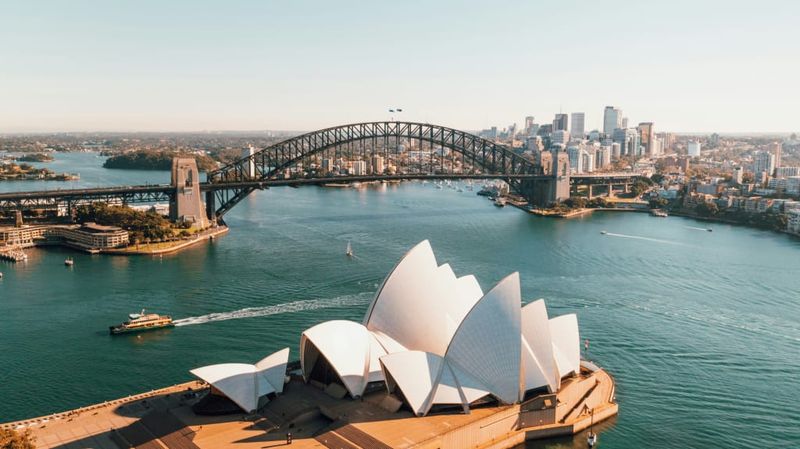
G’day mate! Australia has replaced its paper passenger cards with a Digital Passenger Declaration (DPD). This mobile app-based system collects your health information, vaccination status, and travel history before you board your flight.
You’ll need to submit the declaration within 72 hours of departure. The system generates a unique QR code that immigration officers scan upon your arrival.
Beyond pandemic measures, Australia has kept this digital system to streamline border processes and enhance security. The information helps customs officials determine if secondary screening is necessary and reduces processing times for most travelers.
7. United Kingdom’s Electronic Travel Authorization
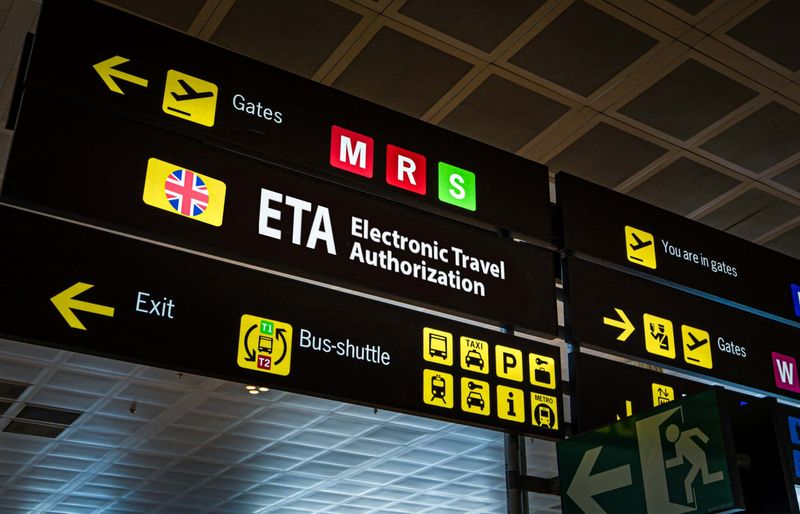
Heading to London? The UK’s new Electronic Travel Authorization (ETA) system now applies to American visitors. This pre-travel permission costs around £10 and requires submission through the official UK government portal.
The application collects your biographical data, travel plans, and security background. Most approvals come through quickly, but applying at least 3 days before travel is recommended.
This change represents a significant shift in UK border policy following Brexit. Previously, Americans could enter with just a passport stamp, but now this digital pre-screening aligns with similar systems used by other developed nations.
8. Costa Rica’s Digital Health Pass Evolution
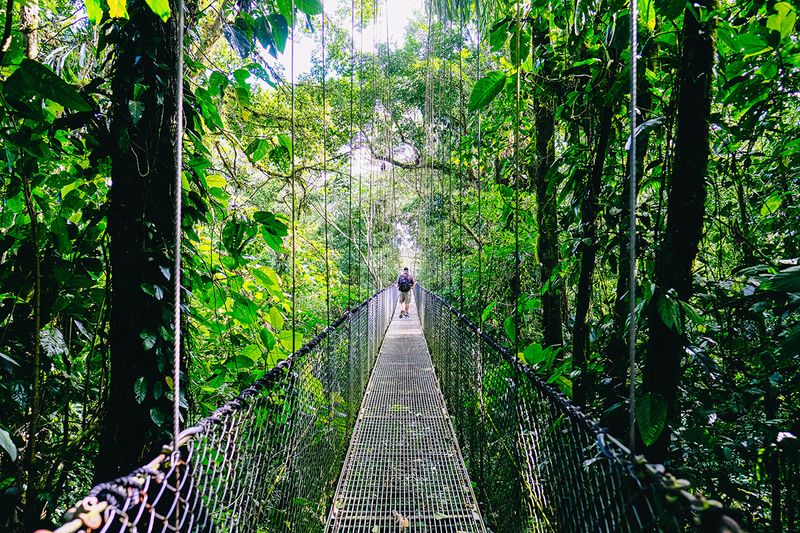
What began as a pandemic measure has evolved into Costa Rica’s new Digital Immigration Form. Americans visiting this popular eco-tourism destination must complete this online form before arrival.
The form requests basic travel information, accommodation details, and emergency contacts. After submission, you receive a QR code to present to immigration officials.
Costa Rican authorities use this information to better manage tourism flow to fragile ecological areas and improve emergency response capabilities. The system has significantly reduced immigration processing times at airports, allowing you to get to those beautiful beaches and rainforests faster!
9. Mexico’s Tourist Card Digitization
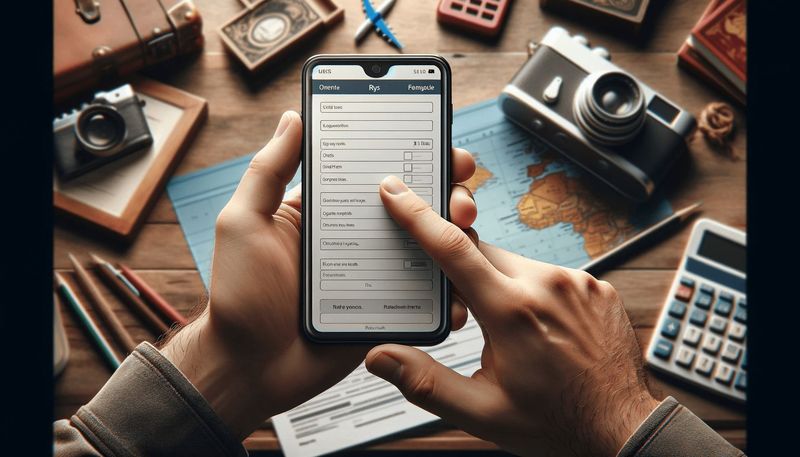
Mexico has digitized its Forma Migratoria Múltiple (FMM), commonly known as the tourist card. Americans must now complete this form online before crossing the border or boarding flights to Mexican destinations.
The digital FMM collects your passport information, accommodation details, and purpose of visit. After completion, save the confirmation as you’ll need it both when entering and leaving Mexico.
While the paper version is still available at some entry points, Mexican authorities are phasing these out. The digital system helps track tourist movements and ensures visitors don’t exceed their permitted 180-day stay.
10. Portugal’s Advance Passenger Registration

Americans traveling to Portugal must now complete an online Passenger Locator Card before arrival. This digital form collects basic details like your contact information, flight number, and accommodation plans.
After submitting the form, you’ll receive a confirmation email with a unique code. Immigration officers may ask to see this code upon arrival at any Portuguese airport.
The system is designed to help authorities manage tourism flows in popular areas such as Lisbon and the Algarve. It also supports tourism planning and ensures officials can reach visitors if any safety issues arise during their stay.
11. Turkey’s New e-Visa Application Process

Turkey has updated its e-Visa system with stricter requirements and longer processing times. American travelers must now apply at least 48 hours before departure through the official government portal.
The application requires uploading a passport photo, providing detailed accommodation information, and answering additional security questions. The fee remains $50, payable by credit card.
Unlike the previous system that often provided instant approval, the new process typically takes 24-48 hours for verification. This enhanced screening helps Turkish authorities better manage border security while still welcoming the millions of tourists who visit Istanbul, Cappadocia, and coastal resorts annually.
12. Canada’s Expanded ArriveCAN System

Our northern neighbor has expanded the ArriveCAN system beyond its original COVID-19 purpose. Americans driving or flying to Canada must now submit travel information through this app before reaching the border.
The system collects your identification details, travel plans, and customs declaration information. After submission, you’ll receive a receipt to show border officers.
While no longer primarily focused on health screening, Canadian authorities continue using this digital platform to streamline border operations. The advance information helps reduce processing times and allows for more efficient resource allocation at busy border crossings.
13. Bahamas Travel Health Visa Evolution
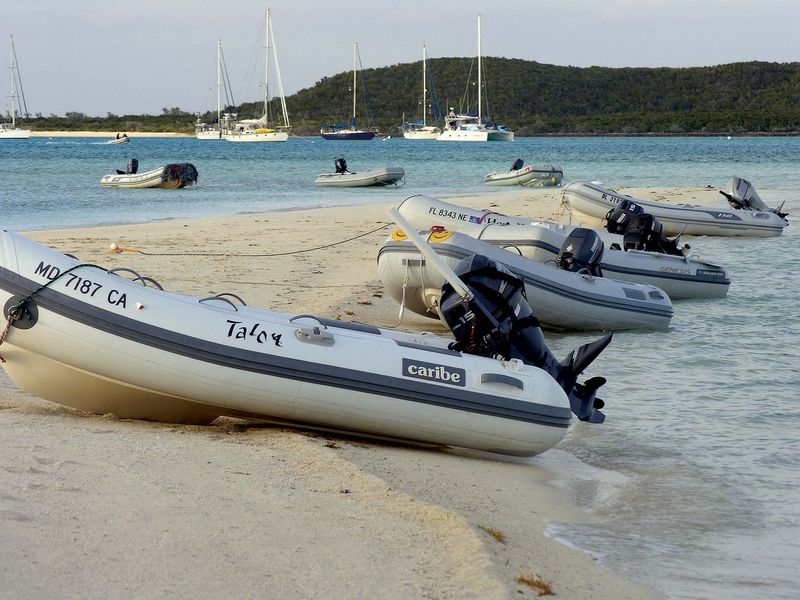
What started as a pandemic health measure has transformed into the Bahamas Travel Visa system. American visitors must apply online and pay a fee ranging from $40-$70 depending on vaccination status and length of stay.
The application includes health questions, travel insurance requirements, and accommodation details. Processing typically takes 24-48 hours, with approval delivered via email.
This system helps the island nation manage tourism capacity and ensure visitors have adequate health coverage. The fees contribute to tourism infrastructure development and environmental conservation efforts across the archipelago’s 700 islands and cays.
14. South Korea’s K-ETA Requirement

South Korea introduced the Korea Electronic Travel Authorization (K-ETA) system that Americans must complete before boarding flights. The online application costs approximately $10 and requires submission at least 72 hours before travel.
You’ll need to provide passport information, travel itinerary, and a recent photo. The K-ETA remains valid for two years, allowing multiple entries for tourism or business.
This system has replaced the arrival cards previously filled out on planes. Korean immigration authorities use this pre-screening to enhance security while reducing congestion at busy entry points like Incheon International Airport.
